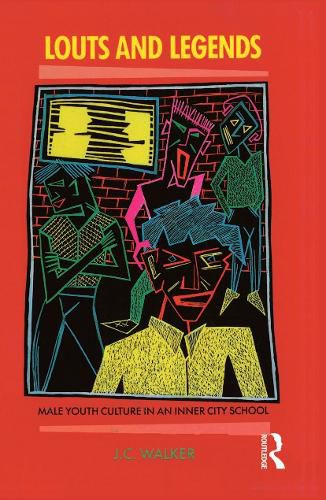Readings Newsletter
Become a Readings Member to make your shopping experience even easier.
Sign in or sign up for free!
You’re not far away from qualifying for FREE standard shipping within Australia
You’ve qualified for FREE standard shipping within Australia
The cart is loading…






For five years, Jim Walker followed the stories of four groups of young men, from their last years at an inner-city high school to their early twenties. Louts and Legends is a rich portrayal of their ways of life, their responses to school and teachers, and their experience of job-seeking, employment, unemployment, further education and training.
Louts and Legends presents a unique perspective on Australian culture, showing the problems, achievements, and social context of four distinct cultural styles: the macho ‘Aussie’ culture of the footballers; the competitive challenge of the Greeks; the ‘nice guy’ friendliness of the handballers; the artistic aspirations of the stigmatised three friends.
The interview and participant observation data gathered over a long period contains fresh insights on youth culture as well as moving individual stories. The findings in this book pose a challenge to educational and social policy, but they also offer realistic suggestions for teachers, youth workers, parents and for other young people.
$9.00 standard shipping within Australia
FREE standard shipping within Australia for orders over $100.00
Express & International shipping calculated at checkout
For five years, Jim Walker followed the stories of four groups of young men, from their last years at an inner-city high school to their early twenties. Louts and Legends is a rich portrayal of their ways of life, their responses to school and teachers, and their experience of job-seeking, employment, unemployment, further education and training.
Louts and Legends presents a unique perspective on Australian culture, showing the problems, achievements, and social context of four distinct cultural styles: the macho ‘Aussie’ culture of the footballers; the competitive challenge of the Greeks; the ‘nice guy’ friendliness of the handballers; the artistic aspirations of the stigmatised three friends.
The interview and participant observation data gathered over a long period contains fresh insights on youth culture as well as moving individual stories. The findings in this book pose a challenge to educational and social policy, but they also offer realistic suggestions for teachers, youth workers, parents and for other young people.